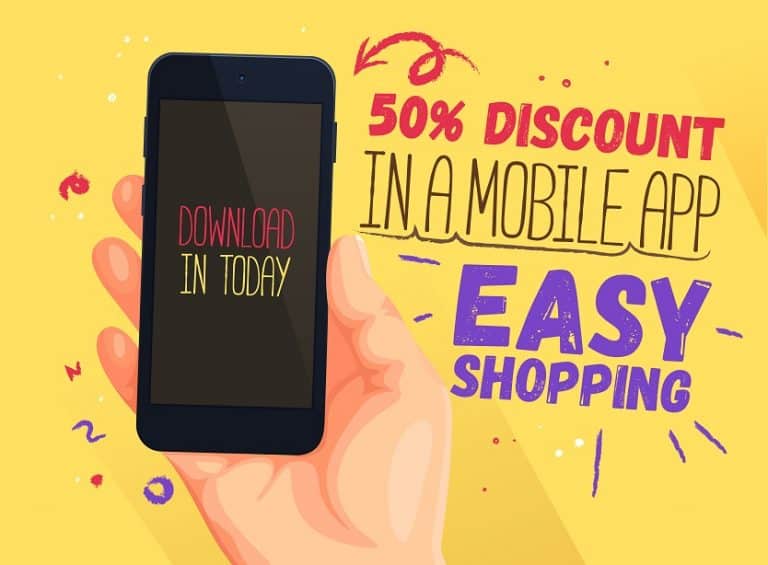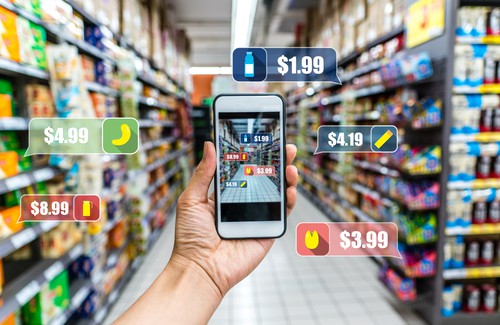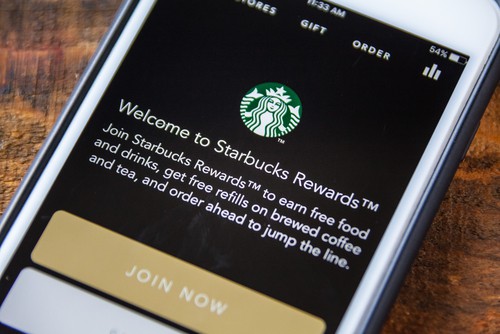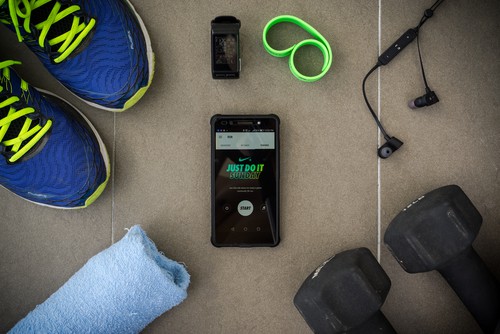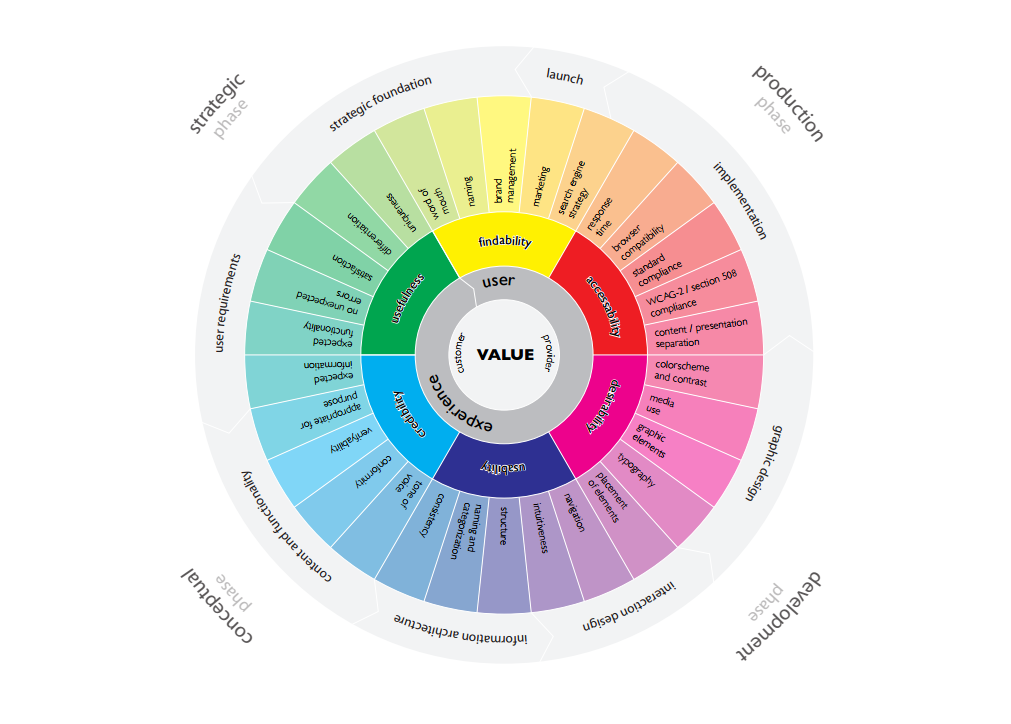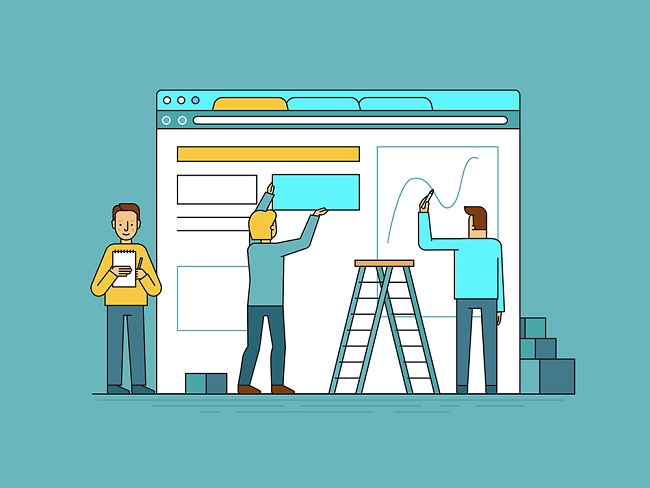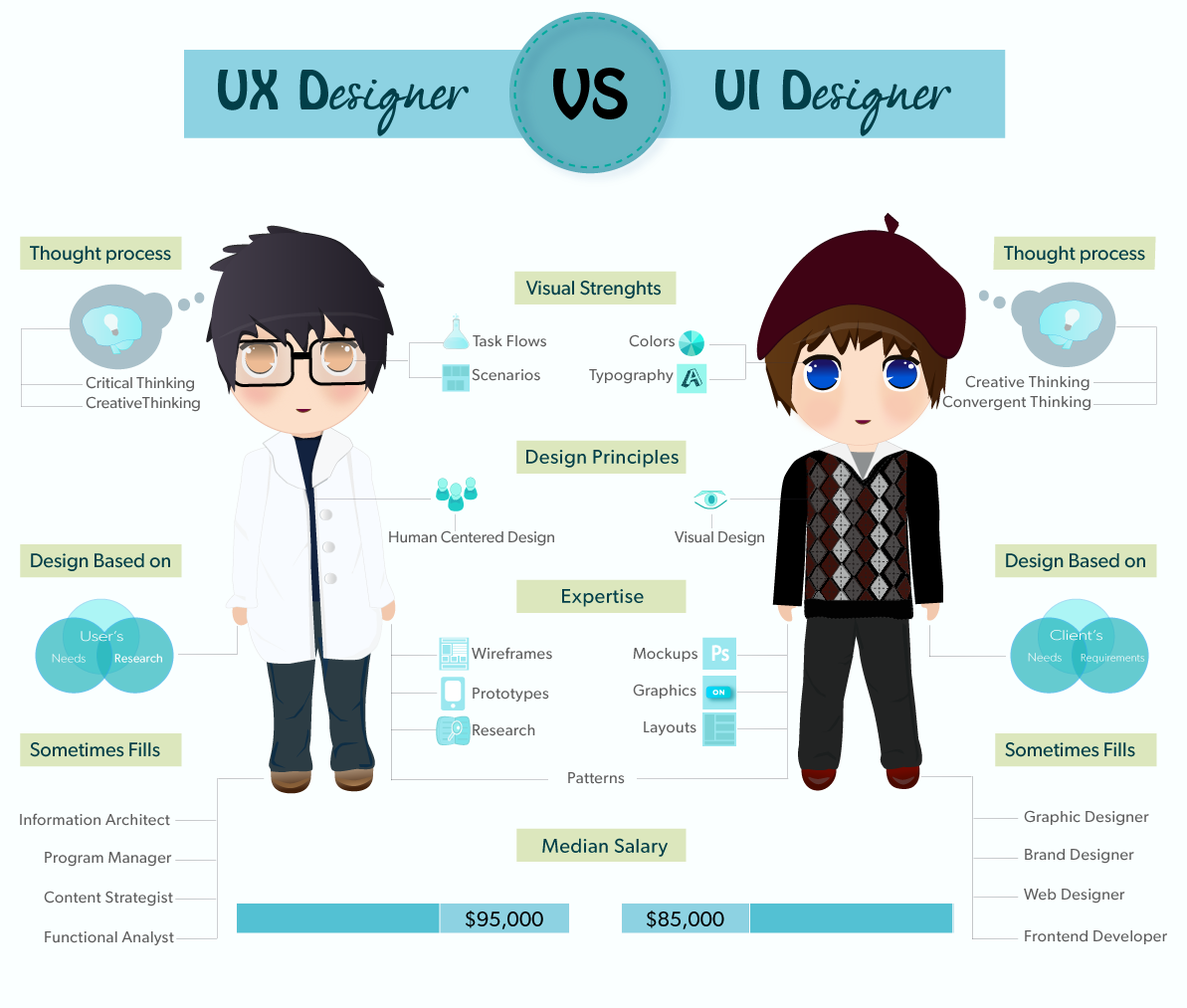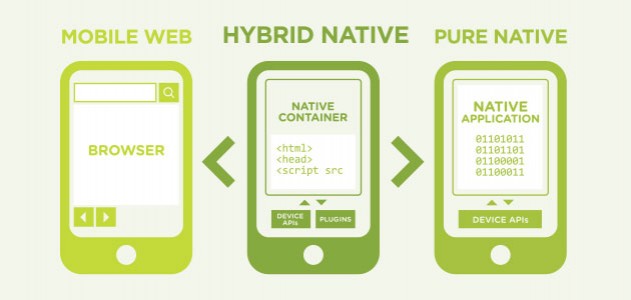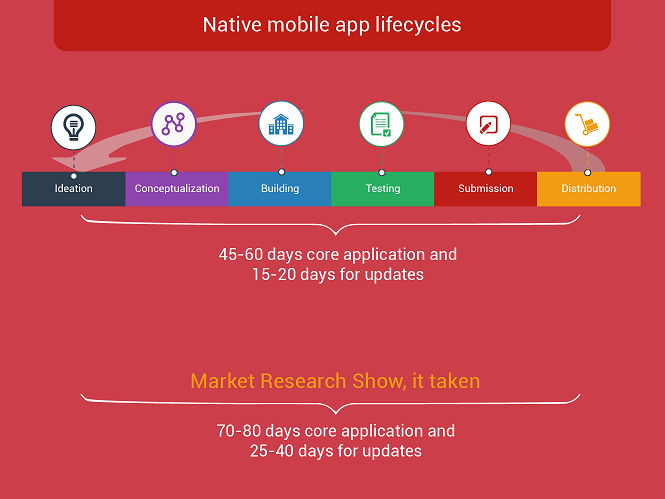Category: Web Application Development
There is no information that is not available on the internet today. Digitally, the world has grown into one big continent. Digital presence has become vital for every business, small or large. The times that you only depend on an offline marketing campaign or connection is gone. Today, more than 80 % of users go online and search for things. Even if they zero in on a product, they still will research the product or the brand online. In such a situation, a business that doesn’t have a strong presence online will suffer. Business growth can be directly related to promotions, public relations, advertising, and sales. Let us see how getting a digital presence will boost your business –
1. Provide information
A business with a decent website offering all necessary information that users seek is a good start. Even if you run an offline business, customers will seek online information to know about you even before walking into your office.
2. Get more customers
The digital world is a great place to find potential customers who might be interested in what you are selling. Social Media is a good place to begin campaigns that are not necessarily direct marketing. Spread the word with hashtags and keywords. Your current customers will share your posts and turn into indirect marketers as well. These platforms provide a boost to your visibility and provide the right traffic your business requires.
3. Be visible
When your business has been tuned with Search Engine Optimization (SEO) elements, you will start getting more and more traction. The right type of optimization will ensure that you end up as a top search whenever a customer is looking for a relevant product or service that you are offering. Also, it helps you get an edge over other competitions, both offline and online since your name will come to the front and grab more eyeballs.
4. Market your business
Advertising your business is the sole way to boost your sales and nothing works as good as digital marketing in this day and age. Apart from having a presence on social media websites, targeted marketing campaigns on these sites will spread awareness about your products and services team with great offers to attract customers.
5. Improve Services
Digital presence of your business provides you with an opportunity to directly interact with your customers. Listen to their grievances, feedbacks, and even offer a solution for their problems. This feedback pattern can help you decide on improving your products or services. Companies can consider some of these points as a part of their marketing strategies to bounce back or to adopt what way to go forward. Such a medium works perfectly well for your business as well as your customers. To increase visibility and drive new business, companies create custom business solutions to advertise online.
6. Global Presence
If your business is local and has an aspiration to go global, the digital world is the right place to put your foot forward. It helps in not just connecting with people worldwide but also getting yourself known to everyone. You can add posts on social media websites regarding your services and add a survey to know if they would like these products or services in their locality. It’s a great way to know the potential of a market even before you actually start the ground activity. Businesses that are looking for investments can also leverage on this very presence as one of their key strengths.
A great way to add a digital presence to your business is seeking the help of an experienced digital partner who can provide you with all the necessary tools to get you started and then skyrocket your business ahead.
Stay up to date on what's new

Featured Blogs
Stay up to date on
what's new



Talk To Our Experts
As the business environment becomes hyper-competitive, more businesses are finding value in mobile and web apps to boost customer engagement. Apps enable the marketer to deliver a solid mobile presence, with customized interfaces geared specifically to provide customers with the best possible experience. Apps streamline the customer’s buying process, automate many routine tasks, and enable new possibilities, to drive engagement better.
Catering to the Growing Customer Preferences
More and more marketers now roll out customer facing apps, to remain engaged with their customers always, enabling customers to buy from anywhere, and at any time.
Any debate on whether today’s businesses require customer facing apps is settled by the fact 2.6 billion people across the globe now have high-powered mobile devices within their arm’s reach, at all times. Black Friday sales through mobile devices crossed the One billion dollar mark in 2016, indicating the preference of online shoppers to use their mobile devices for the buying process.
A good success story exemplifying the growing customer preference is Domino’s Pizza. The pizza giant’s new mobile app for customers to order delivery or in-store pickup of their food in the UK resulted in increase of e-commerce sales by 24.4%, and 52% of online coming in through mobile devices. The app has been downloaded more than 10 million times. Many customers prefer using the app rather than go through the painstaking process of calling up the store.
Leveraging the Power of Push and Pull Notification
As the adage goes, “out of sight, out of mind.” When a customer downloads an app, it remains on the phone, strengthening brand recognition. Regular visibility and interactions between the brand and the customer boost trust, so essential for transactions to take place.
A big advantage of the app is the ability to send push and in-app notifications to users. Such notifications, served virtually on a captive audience, influence the customer and deliver high success rates, as long as the notifications result in relevant and valuable content. The more the audience listens to the brand, the more they are likely to respond to marketing offers and chose the brand offerings when in need.
Push and in-app notifications are invaluable to inform users, especially younger demographics, of new products and offers. Most marketers use these options to reach out to customers proactively, with personalized offers. The best practice is to serve personalized recommendations based on factors such as most recent purchase, or the location of the user, offering direct value to users and warming them to the app experience. Generic push notifications are widely regarded as the junk mail of the mobile world, and may just push the user to uninstall the app.
Push notifications are also a great tool to counter cart abandonment. Sending instant push and in-app messaging, when the customer abandons the cart, enticing them with added offers, may be instrumental in changing their mind, and increase the likelihood of immediate conversion.
In-app messaging is proven to increase engagement by 26%. About 65% of users return to the app within a month, if push notifications are enabled.
Leverage Location-based Content
Beacon-based location marketing is now increasingly becoming attractive as a great way to boost customer engagement on mobile devices.
Smart marketers leverage beacon and geofencing technology to send location specific, contextual, and timely data-driven content to customers. They use beacons to push location-based offers and promotions, promote loyalty programs, and facilitate mobile-based proximity payments. Customers prefer such engagement, as evident from a survey by Aimia and Columbia Business School, where 69% of them agreed to share location data to receive location-based discounts.
The 2016 Coachella music and arts festival was path-breaking in the sense it sends out location-based notifications about artists and vendors to attendees. It also introduced a “Surprise and Delight” rewards program, rewarding attendees who synced their American Express Cards to the event’s iOS app. The event also provided beacon enabled mobile payments to attendees, doing away with the need for a physical wallet.
Pew Research Center estimates nine out of ten users in the United States enabling location services on their mobile phones.
Gamifying and Incentivizing the Experience
Promoting mobile-based loyalty programs increase customer engagement and bridge the gap between a brand’s online and physical presence. People love incentives, and rewards offer a good reason for them to come back to the app.
Apps make it easier to administer loyalty programs and deliver the associated rewards. The core of any loyalty program is customers getting reward points for every interaction with the brand. When customers see, their points adding up, they come to shop again. When such rewards are combined with gamification or points for any action done through the app, engagement is sure to increase manifold.
Starbucks is probably the most well-known brand having perfected the art of offering big rewards exclusively to app customers. The ‘My Starbucks’ rewards program allows customers to use the app to make pre-orders, custom orders, receive free upgrades and special discounts, based on their loyalty status. Enabling in-app payment speeds up the transaction, and increase convenience.
Leveraging the Power of Analytics
The spin off benefit of customers using apps is gaining valuable data for analytics. Structuring the app engagement, the right way delivers a ton of analytics on how users interact with the app.
App based engagement and transactions emit data, which subject to analytics, shed invaluable light on understanding the customer better. Such data can also be the basis for business and strategic decisions, as in how to position the product, adopt marketing pitches with greater success rate, and more.
However, analytics is still underestimated and underutilized to enrich the customer experience. Smart brands now leverage real time analytics to enrich the customer’s buying experience. One possibility in this front is helping customers get additional live information about the products they browse or short list for purchase. An associated possibility is gathering interesting and offbeat information associated with the project, such as a list of celebrities using the same product, showing some fun facts associated with the project, and more. Mobile and web apps make it considerably easier to deliver such information to the customer, in a seamless and non-intrusive way.
Another underestimated potential is leveraging the big data generated by apps to collaborate with other popular platforms. A good trendsetter in this front is Shazam, the leading music discovery app. Shazam for Brands’ leverages accumulated user data and brand advertisements to identify the best artist and musical genres for brands and create specific and customized ad units to drive customer engagement.
Deep Linking to In-App Content
The ever-prevalent social networks allow marketers to share their content and gain an even larger audience. Apps offer an additional and more robust option in this direction. Allowing users share their experiences inside the app increases the popularity of the app, and lead to more users downloading it, delivering multiplier effects.
Deep linking, to content within an app, makes it possible to share in-app content easily. The spin off benefit is keeping existing customers engaged within the app, improving retention rates and enhancing the user experience.
A good benchmark to emulate is the Nike+ Run Club app, which allows sharing the in-app content to social media platforms.
With marketing now a high-stakes game, intuitively designed mobile and web apps become a valuable source of competitive advantage. Marketers who identify their customer’s path to engagement and purchasing, and use the app to optimize the journey comes out on top.
Stay up to date on what's new

Featured Blogs
Stay up to date on
what's new



Talk To Our Experts
The success of mobile apps depends on three things: user experience, user experience, and user experience!
Even if the app offers very intuitive and powerful features, it is of little benefit unless users are able to make use of the app properly. Today’s mostly harried users have little patience to put up slow loads, confusing menus, half-baked functionality, breaks in the process, or any other glitch, and would just abandon confusing and hard apps.
Even as there is a consensus on the need for superior User Experience (UX), many stakeholders confuse UX with the user interface (UI) and use these two terms interchangeably.
User Experience is much wider than User Interface and refers to designing apps in a way that optimizes usability and accessibility. The overriding aim of a good UX is customer delight, or delivering maximum possible pleasure to the users interacting with the app. UI is delivering a good UX through a good interface. UI may be regarded as one element, albeit critical, of UX.
The Power of User Experience (UX)
User Experience is work “under the hood.” A good UX delivers a neat and simple design that facilitate users to complete their tasks easily and seamlessly.
User Experience focus on the scientific and methodological applying what the target users prefer and industry best practices to the app architecture, to enhance the design and make the app functional and intuitive. It deals with the way product flows logically from one sequence to another, how information is laid on screen, and how people interact with it, aimed at enabling users to complete a specific task in the best and seamless manner possible.
A good User Experience typically ensures the user progresses through tasks and screens in a natural flow, without having to think too much about what they are doing. The effects of a good UX is almost invisible, but the effects of a bad UX manifests quickly, with users often searching on what to do next to complete a task. Obscure or confusing menus, convoluted process flows, poorly visible buttons and more are all tell-tales of a poor UX.
The implications of sound UX go much beyond customer satisfaction though. A lean approach to design contributes largely to faster page load times, at a time when slow-loading websites cost retailers $2.6 billion in lost sales every year.
The Power of User Interface (UI)
The User Interface is more a work of art, aimed at making the interface beautiful. UI concerns with the choice of colors, the style of buttons, the animations and widgets in use, the spacing between elements, click/tap behavior, and other elements that make it easy and attractive for users to interact with the app. The different UI elements combine to enhance the aesthetic flavor of the app. The best UI designs inspire, engage and excite, and create a state of mind where users feel confident of using the app.
There is no hard and fast rule on what constitutes the most potent UI style, but fidelity to the consensus on what constitutes best practices help. Keeping an ear out to the preferences and taste of the target audience of the app or website also helps. For instance, choosing a specific blue over some other hues gave search engine Bing an additional $80 million in annual revenue.
The Conjugation of UX and UI
Image Courtesy: Ana Haris
The User Experience and User Interface combine to deliver highly powerful and successful apps that combine functionality with elegance.
User Experience work is about the end-to-end experience when people interact with an app or website, and User Interface work is how users feel about that website as they use it. To illustrate, the UX design may decide users are redirected to another page on tapping a button. The designer working on the UI complements the UX by placing a visual signal, such as a spinning wheel, to convey to the user another page is loading. The UX may adopt a lean philosophy, and opt for simple and straightforward menus. The UI complements through a minimalist interface, with plenty of white space, and minimal graphics that drag down the website and reduce page load speed.
As the adage goes, “well begun is half done.” The robustness of the User Experience and User Interface is decided during the design stage, well before even a single line of code is executed. However, getting the UX and UI right invariably requires teamwork, with contributions from resourceful and talented technical experts, business managers, feedback from end users, and more. It requires talented and resourceful developers, who are not just up-to-date, but know how to apply industry best practices, to ensure a sound UX and UI for the software. With software playing an increasingly critical role in most enterprises, enterprises would do well to rope in external technical expertise, who deal with delivering apps and other digital assets with superior UX and UI, day in and day out.
Stay up to date on what's new

Featured Blogs
Stay up to date on
what's new



Talk To Our Experts
Mobility is growing at an exponential pace and mobility apps are the flavor of the season. However, it is still important to get the development right, to reap the benefits of mobility. A crucial consideration, to be taken upfront, is whether to opt for native apps or web apps.
A Native App is developed specifically for a particular mobile device, customized for the operating system and other device configuration, and installed directly to the device, usually through app stores. At a basic level, there are separate native apps for Android devices and iPhones. A web app, on the other hand, is Internet-enabled app residing in the cloud, written in web code and accessible through the mobile device’s browser. Both native apps and web apps have its pros and cons. Web apps are similar to websites but more interactive.
Web Apps Surge in Popularity
Native mobile architecture is on its way out. Today, about 60% of the mobile architecture is mobile apps or hybrid, and just 26% of apps remain native.
The highly fragmented mobile space, coupled with the popularity of the BYOD environment where employees are free to use the device of their choice, make it commercially and practically unviable to develop native apps for each platform.
Native apps also lose out due to the need for velocity, so essential in today’s highly competitive environment. In most of the cases, the best time to roll out an app would be yesterday. Delays in rolling out the app may make the app obsolete, with competitors taking away the business. As such time to develop native apps for each platform is simply not available.
About 43% of companies now place movement as their top business capability, and they are still struggling to stay on par with the speed in which mobile technology advances.
Accessibility
Both web apps and native apps have its pros and cons, making trade-offs imperative.
On the face of it, web apps are accessible on any device, sparing the need for download onto the user’s mobile device. Such apps generally require internet connect to operate, though the latest web technologies such as IndexedDb, Web Storage, and AppCache deliver offline capabilities to web apps.
Functionality-Flexibility Trade-Off
Functionality wise, native apps, being optimized for the device, work faster and are more efficient, over web apps. A native app works as a standalone entity and remains totally compatible with the device’s hardware and native features, such as the accelerometer, camera and so on. Web apps, on the other hand, being generic, can usually access only a limited amount of a device’s native features. The biggest stumbling block is the difficulty of web apps to access the phone’s webcam, sensors, and some other hardware components. Web apps may also face difficulty in accessing the file system and local resources, but modern browsers adopt the File API, overcoming this big limitation. Generally, native apps are best suited for complex feature sets, whereas web apps are ideal when the requirement for native gestures is minimal.
While native apps, customized for the device, had a distinct superiority in the user interface, the gap has significantly narrowed in recent times, and there is very little difference in the user interface or usability between today’s web apps and native apps.
Moreover, where web apps compromise on functionality, it scores in flexibility. Web apps give developers unbridled freedom as the apps do not require approval from app stores, allowing release in any form and any type. Developers of native apps wanting to upload their app in app stores such as Google Play need to comply with the stipulations laid down by the respective app stores.
Robustness and Safety
Native apps, being leveraged to work seamlessly with the device’s built-in features, are efficient and faster. These apps also get the full support of the concerned app stores and marketplaces. Approval from the app marketplace denotes a high level of safety and security as well.
However, keeping native apps safe require the user to keep on updating the app at regular intervals, which is easier said than done. With web apps, the developer makes all the changes at the backend, without user intervention.
Development Approaches
The main difference between web apps and native apps is internal or in the development process.
Each mobile platform has unique features and unique set of platforms and requires compliance with its own unique development process. For instance, iOS uses Objective-C, Android uses Java, and Windows uses C++. Native apps have to comply with such requirements. Web apps, in contrast, are free of such customizations, with the developer free to use JavaScript, CSS3, HTML5, or any other Web application frameworks as per their desires.
However, there is a flip side to the story as well. Each mobile platform offers standardized SDK, development tools, and other user interface elements, using which developers may create native apps with considerable ease. Web apps do not get the convenience of such SDKs or tools, and the developer has to do the hard grind. This is changing of late, though, with the developer now having access to several tools and frameworks for creating web apps and deploying it to multiple mobile platforms and Web browsers.
Costs
Cost wise, developing a single web app that may be manipulated to suit any device is much more cost-effective that developing native apps for each device. Native apps also cost higher to maintain, considering the need to update many versions of the app.
There is no definite answer on whether native apps or web apps are better. What works best depends on the circumstances. Consider the target audience who are likely to use the app, the required features and functionality, the hardware features required in the app, the timeline, and the budget to decide on whether to opt for web apps or native apps. Either way, it requires expertise to understand the exact requirement and take the crucial decision on whether to go native or web. We have the expertise to help you in this regard, the talent to roll out cutting-edge solutions highly customized to suit your requirements, and the experience to get it right the first time round.
Stay up to date on what's new

Featured Blogs
Stay up to date on
what's new



Talk To Our Experts
Can you imagine a day in your life without using any software applications? Yes, that would mean the apps in your phone too, like the calling, messaging, gaming or calendar apps! It will be tough, particularly in this era of technological advancement, when we talk of securely using devices in the Internet of Things, right?! Does it end there? Definitely no, because apart from individual needs, a lot of business-to-business interaction today happens via software applications. A few minutes of downtime in these web applications would bring the global businesses to a halt.
Those myriad overseas businesses, companies outsourcing projects, business partners around the globe, everyone use software applications to communicate, interact, exchange data and accomplish tasks. From simple transferring of funds into bank accounts to deploying global websites updating live pricing information (like e-commerce sites), the adoption of web applications in businesses is very huge. The advent of faster internet, new technologies, connected devices and powerful browsers, have made people depend on web applications and software more than ever.
Ever wondered what are the processes behind developing such smart web applications, which make our day-to-day tasks simply a piece of cake? What ‘behind the screen’ efforts make a perfect Application? Let’s go through these essential phases in the lifecycle of web application development.
The Web Application Architecture
This is the skeleton/ blueprint of your application, giving the overview of what it does, how it does it, who it is for, and the relation between its entities. The most widely used application architecture is three-tier architecture and has 3 tiers, viz., Presentation (User Services), Domain Logic (Business Services) and Data Storage (Data Services).
- Presentation tier: the gateway through which customers interact with the application.
- Domain Logic tier: The tier ranges from web scripting to server side programming, allowing users to do complex actions via a web interface.
- Data Storage tier: Stores, retrieves and updates information at a high level. Few data storage and retrieval devices are file systems, databases and writeable media.
Keeping these tiers in mind, following are the guidelines developers should follow to create a website application:
The feasible project: Choose the right project with respect to the resources, skill-set, publishing capabilities, and budget available.
Planning: Make a wireframe to plan the design of the application you are going to create. The key to a good application is, 50% planning and 50% coding. A properly planned wireframe helps you to envision the app before it’s being built and helps to avoid potential roadblocks. That said, wireframes are just a general structure and layout, and not detailed masterpiece works of art. Use the wireframes to further plan your page layouts and core components in it. But don’t waste time redrawing the components; after all it’s just a depiction of what you are going to create.
Draw out the planned design: Using the good old pen and paper, as opposed to software tools to draw out the ideas in your head actually help put in your raw creative input. It enables you to arrive at better designs in much less time. And you can perfectly translate it into designs.
Forecasting the goals, nature and the direction in which the app development should progress: This is the phase where teams associated with the project, developers, testers, BAs and management get together to discuss the goals that must be achieved through the application. There shall be a clear documentation of what the Application will achieve.
Devising the Plan: How will the application be built? What scripting language should be used, what all features to be included and how long should the development of decided features take? The focus here will be on the Project plan, wherein the timeframe for different tasks and the functional specification which depicts the functionality and flow of the app in detail will be decided.
Development: Once the foundation (project plan and functional specs) are set, the developers can then start coding, testing and publishing. There shall be proper documentation of how the development will progress, and what entities, data variables, and coding procedures will be used throughout the project.
Testing for stability: The phase will test the application for bugs, errors, stability, quality and purpose. There are different approaches for testing, for instance, testing side-by-side with the development is called Test-driven Development.
Staging: is the phase where the release candidate is assembled, tested and reviewed in a website environment similar to the production environment (actual hardware and software in which the application will be used), before moving it to production. This is where the final testing will be performed, adding no new features.
Production: This is the final version of the application presented to the end users. This version of the website application won’t change until its next update is ready after proving to be stable in the staging environment.
Security: Know, design, develop and deploy software with secure features. Many software security vulnerabilities are not coding issues, but are design issues- “Lessons Learned from Five Years of Building More Secure Software”. Security is as crucial as the usability, performance, reliability, or scalability of the application.
Support scheme: Providing support for your application is equally important. Give your clients the ability to contact you, for instance, define procedure call in case of emergencies like application failures, mishaps, or downtime. Ticket tracking system, where requests are identified by unique codes, is a good example of support scheme.
A plenty of smart tools available today help by automating several aspects of website application development mentioned above, making the job much easier than it was before. So, there you have the tools and the wireframe to plan, design and develop your next web application. If you need further help in planning or developing your next software application, be it a website or mobile app, our software experts can help!
Stay up to date on what's new

Featured Blogs
Stay up to date on
what's new
















